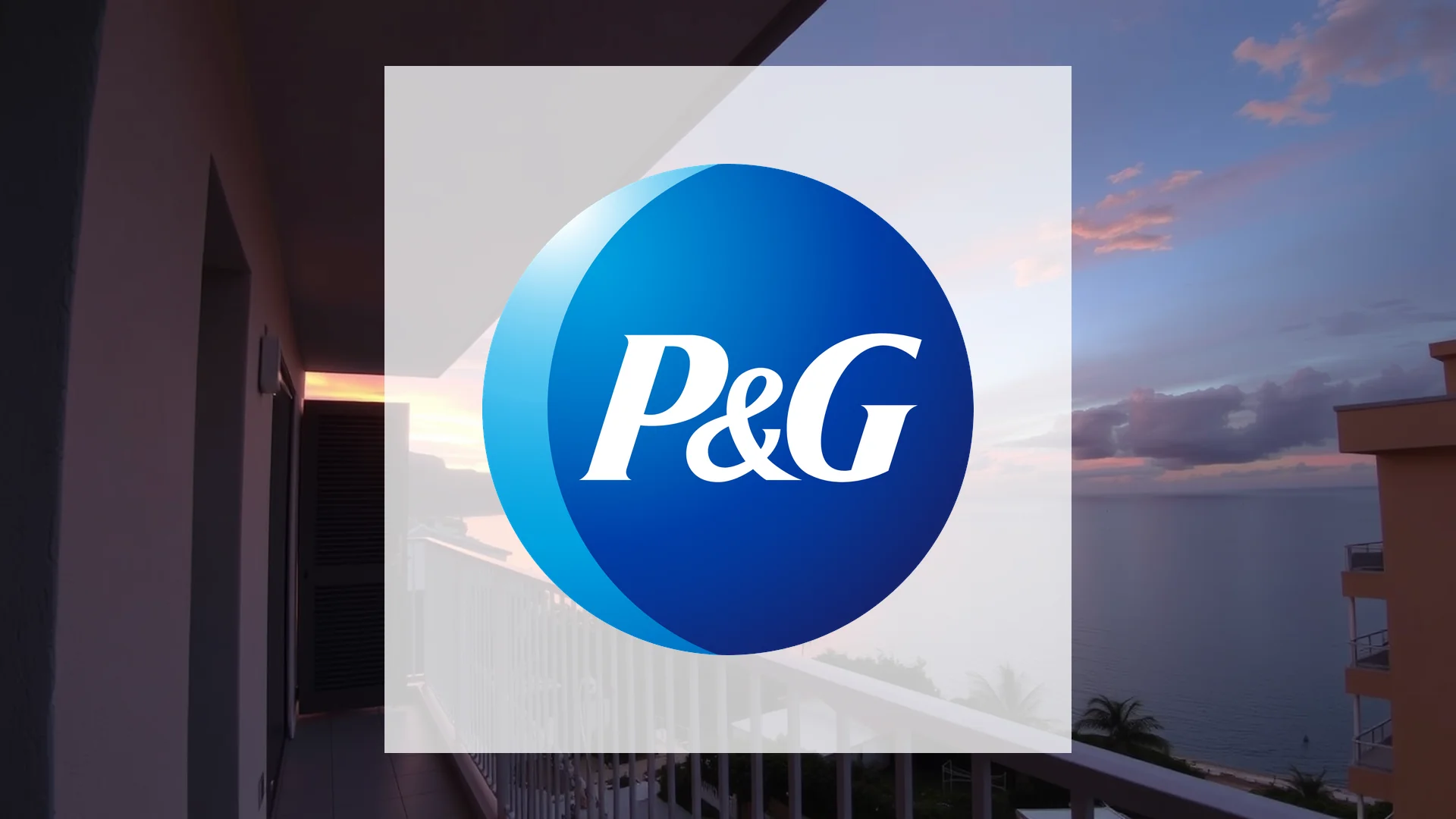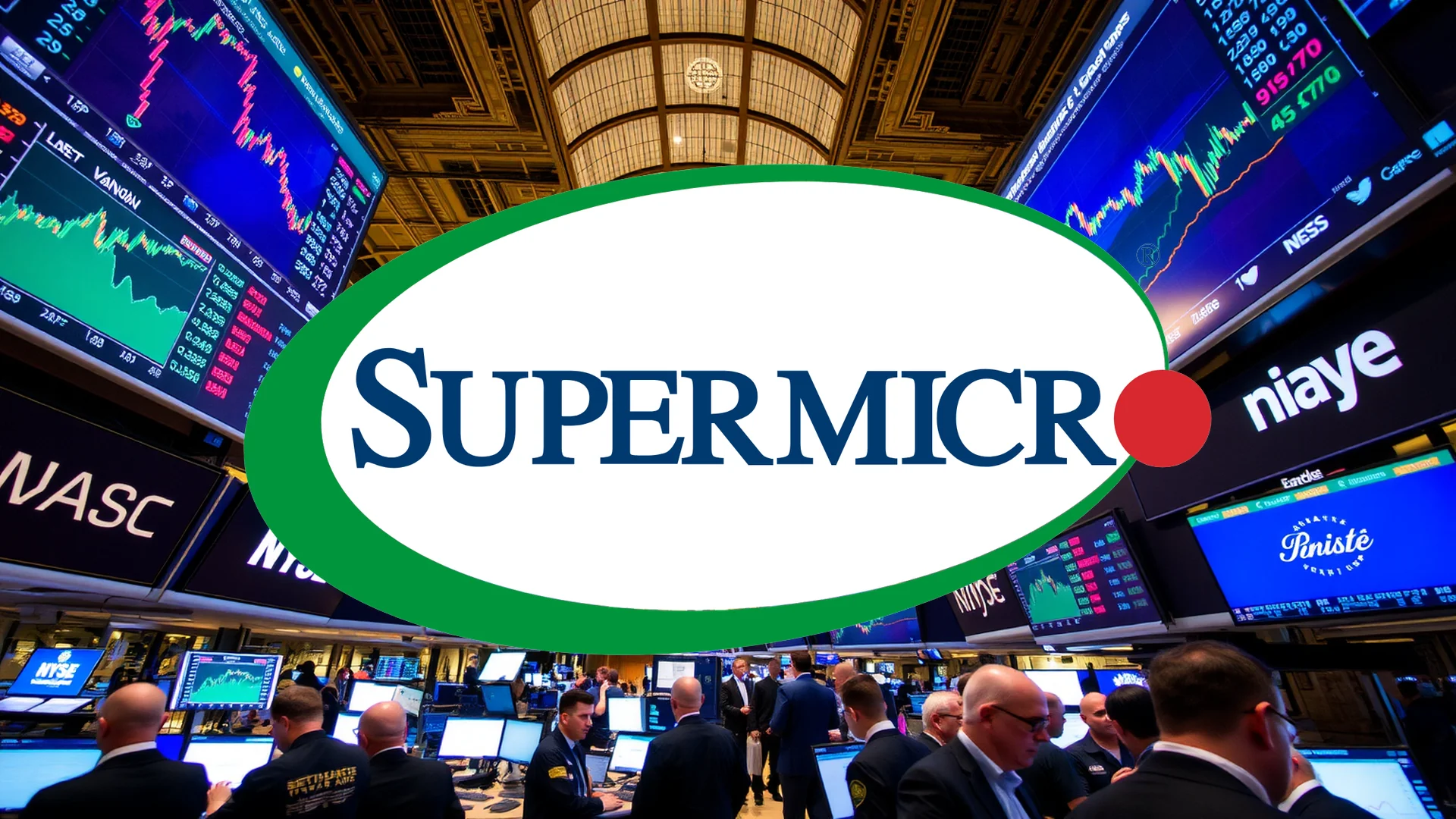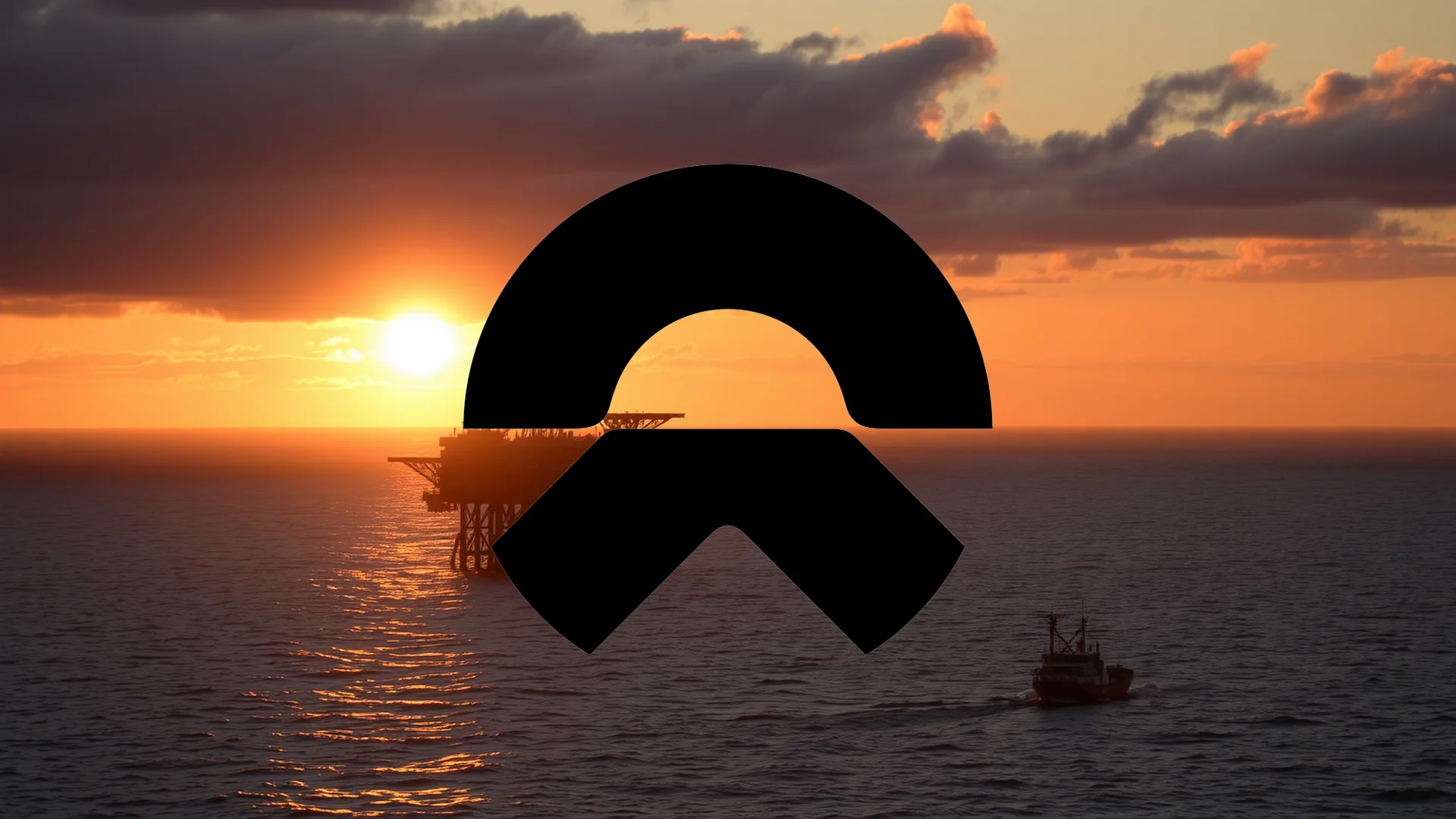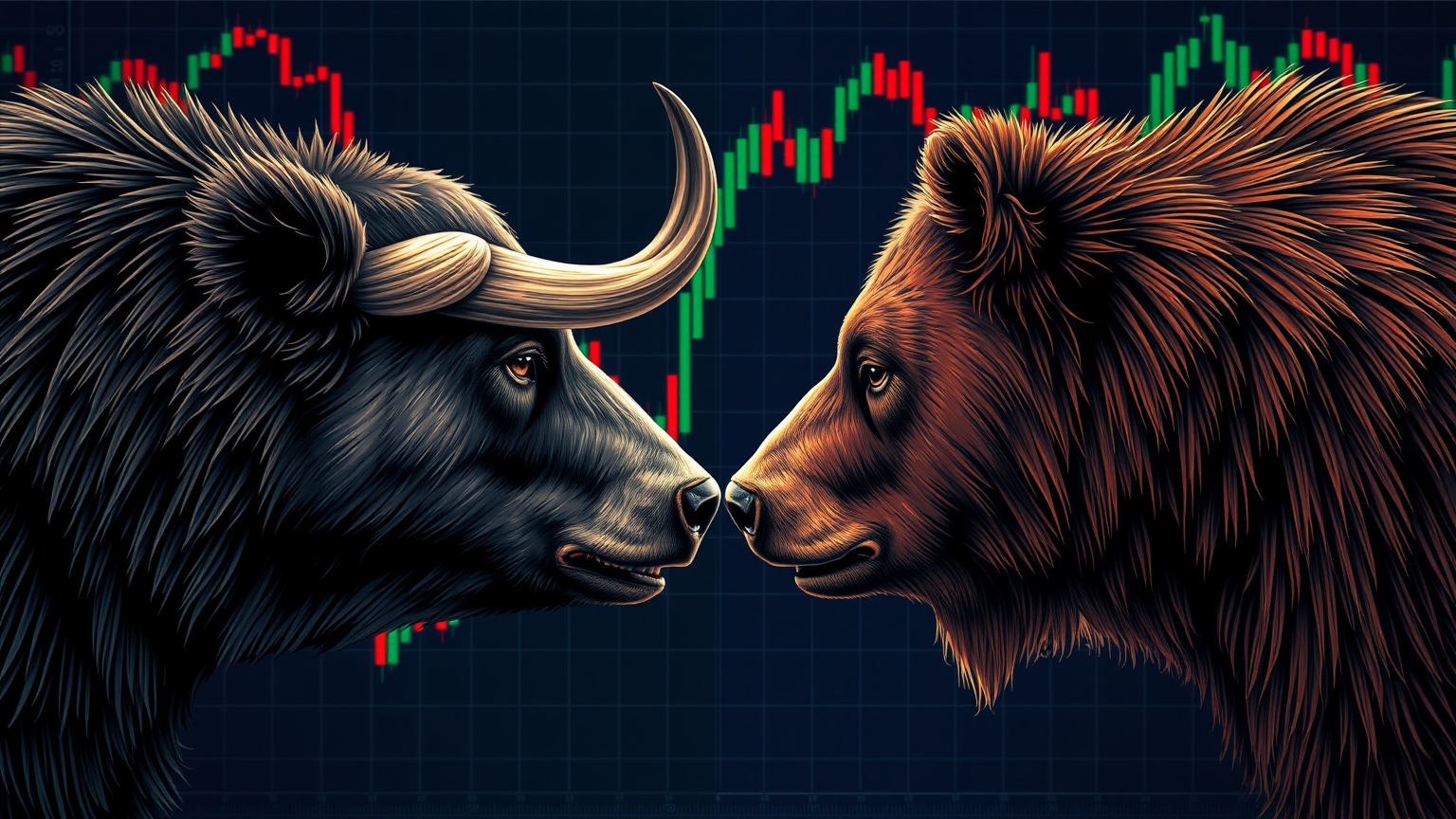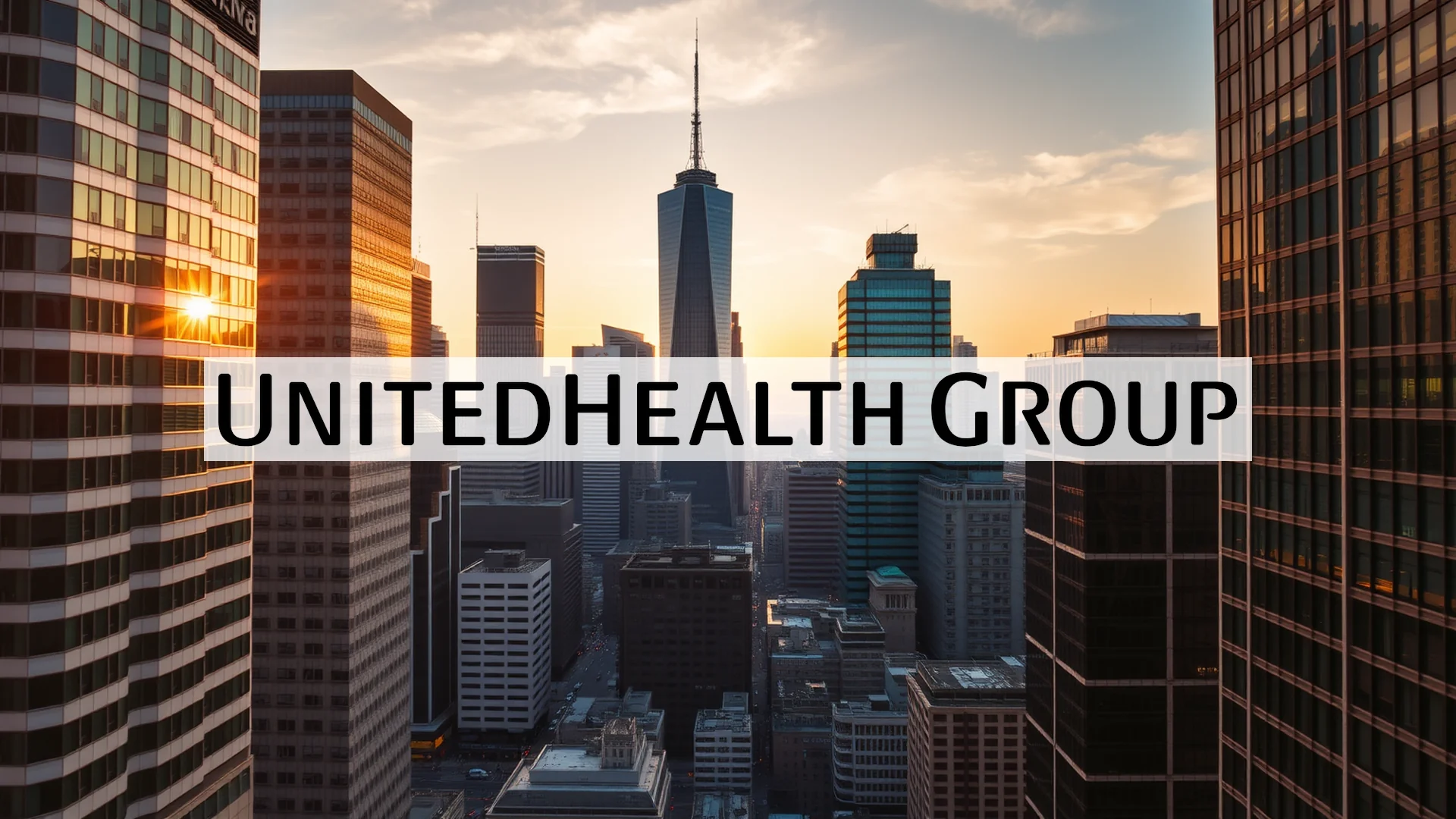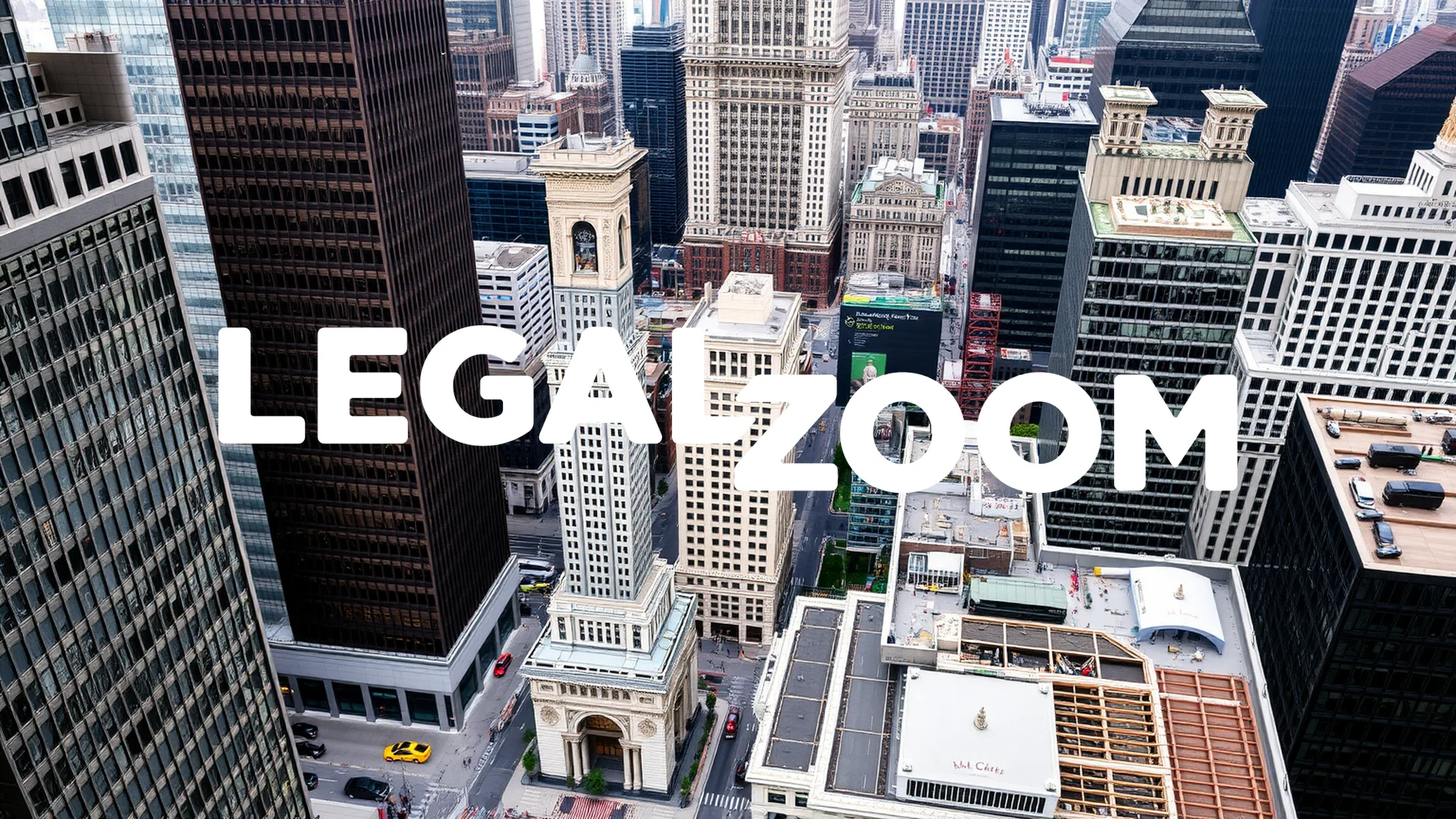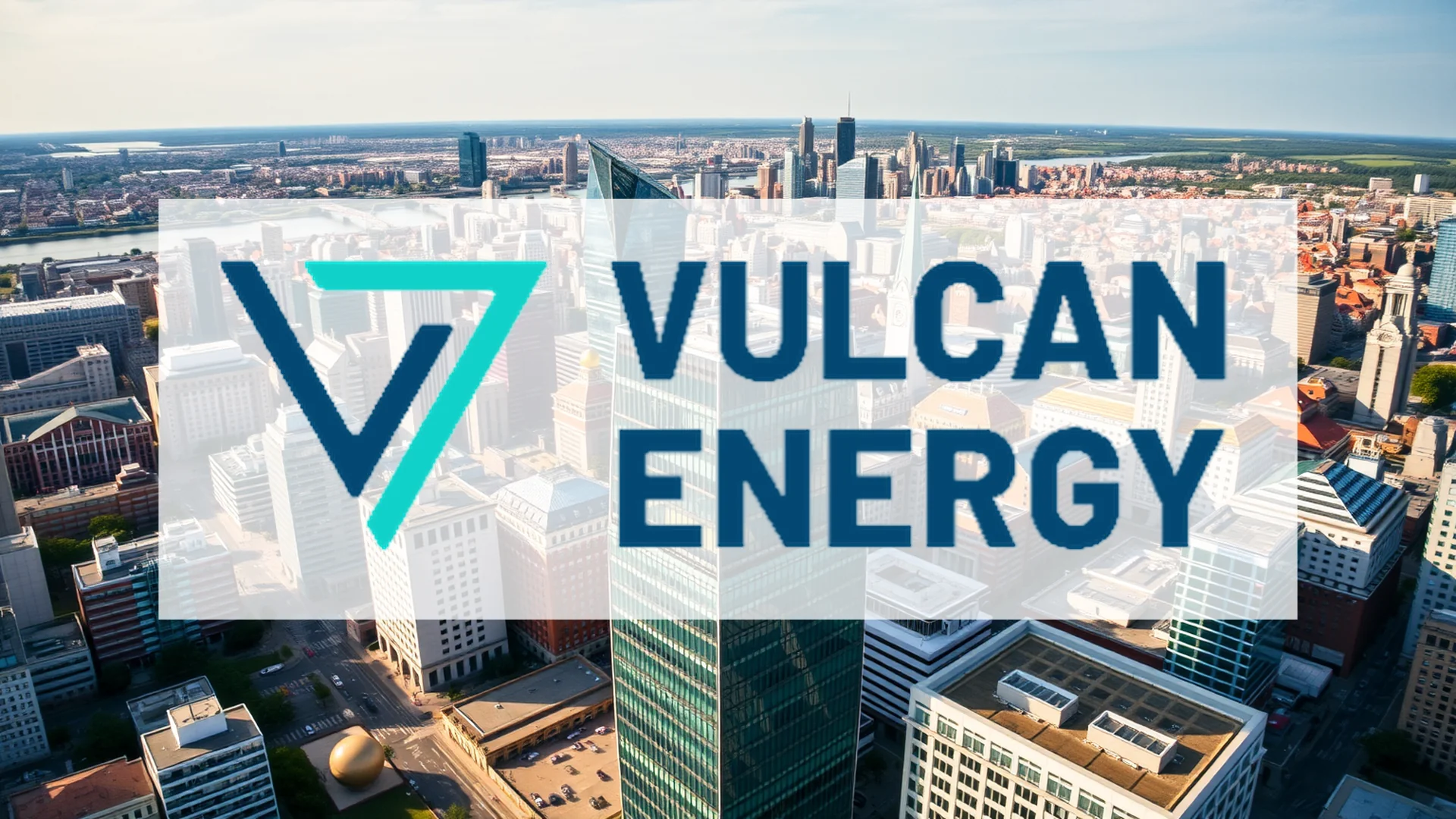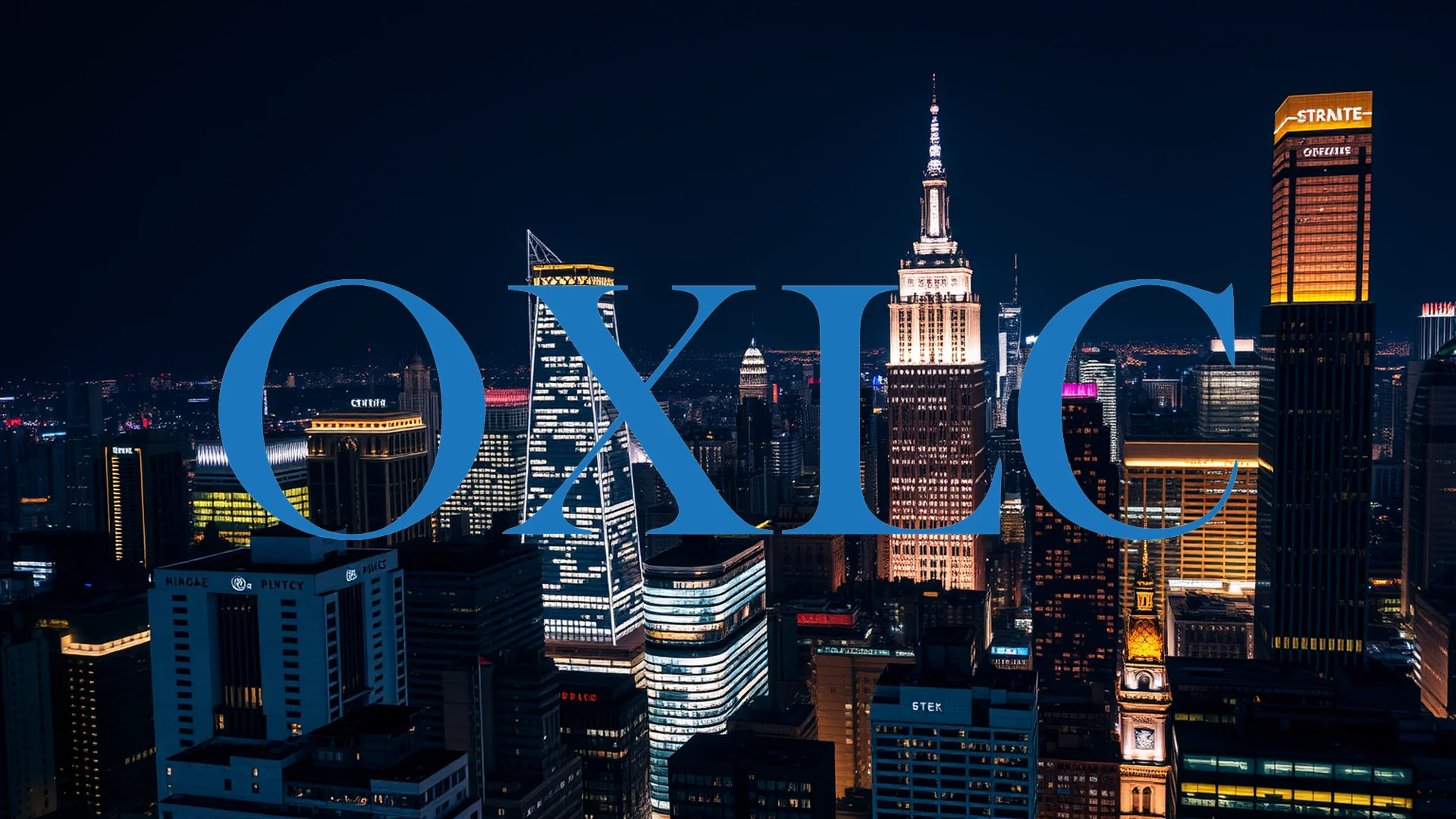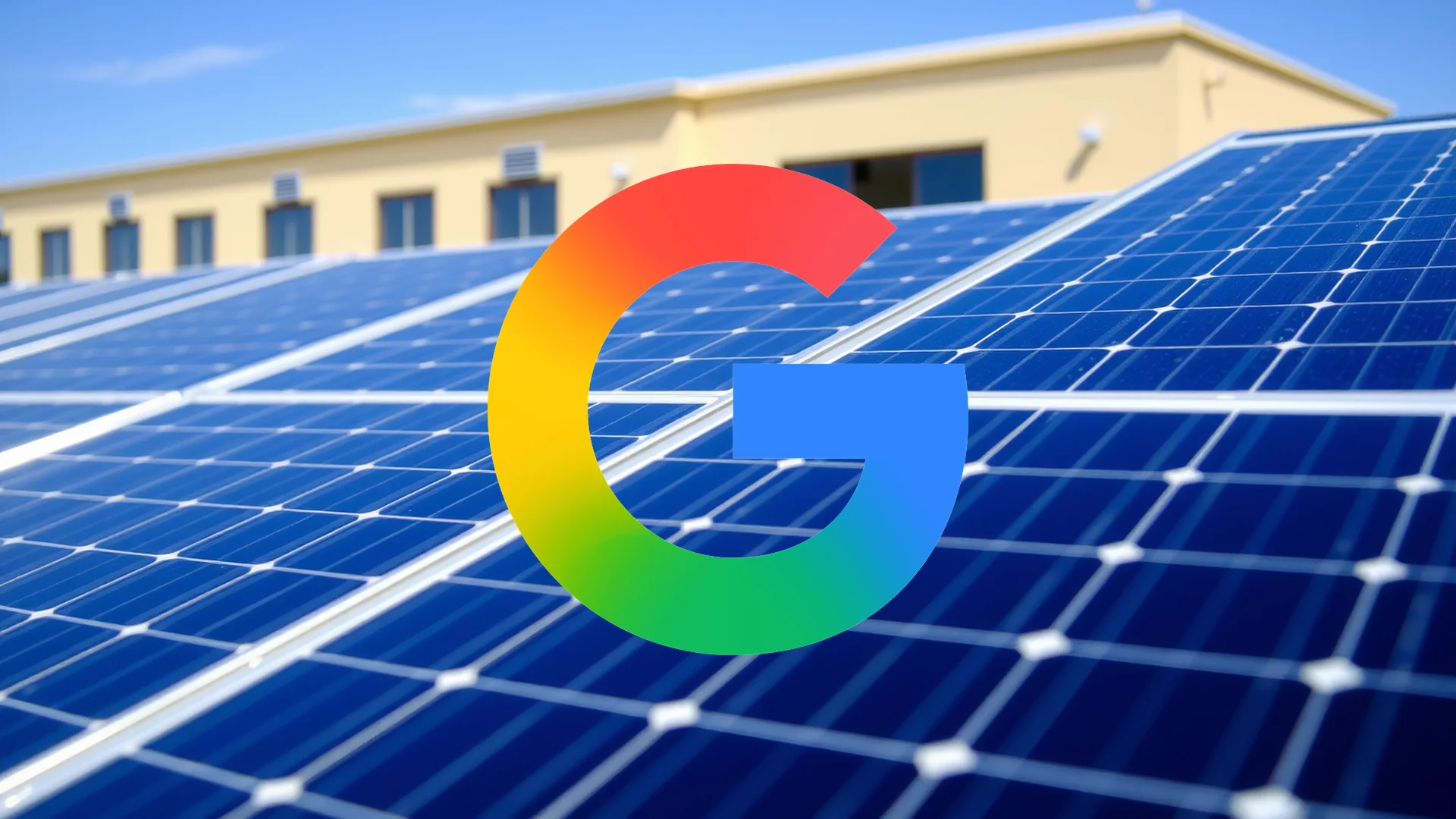Procter & Gamble presents a complex financial picture. The consumer goods behemoth reported first-quarter 2025 earnings that surpassed analyst forecasts, yet simultaneously revealed a troubling sales decline driven by a persistent downturn in the critical Chinese market. This divergence raises questions about the company’s ability to leverage its global strength to offset significant regional vulnerability.
Financial Resilience Amid Market Pressures
Despite the headwinds, P&G demonstrated considerable financial discipline. On a per-share basis, adjusted earnings climbed 5% to reach $1.93. The company’s operational strength was further highlighted by a robust operating cash flow of $4.3 billion. Shareholders benefited directly from this stability, receiving $4.4 billion in dividend distributions.
Management has reaffirmed its full-year outlook, maintaining an expectation for organic sales growth in the range of 3% to 5%. However, this guidance comes with a caveat: the company is contending with increased commodity costs, which are projected to have an after-tax impact of approximately $200 million. This expense is expected to reduce earnings per share by $0.08.
A Tale of Two Markets: North America Shines, China Stumbles
The performance gap between P&G’s key regions is stark. North America emerged as a powerhouse, delivering a 4% increase in organic sales, while European markets also posted solid gains. This robust performance stands in sharp contrast to the situation in China, the company’s second-largest market after the United States, where organic sales plummeted by a substantial 15%.
Should investors sell immediately? Or is it worth buying Procter & Gamble?
Andre Schulten, the Chief Financial Officer, offered a sobering assessment, stating, “The market remains weak and we expect it to stay weak for several quarters to come.” The downturn has disproportionately affected the premium SK-II skincare brand and the baby care segment. This weakness is attributed to a combination of pandemic-related aftereffects and prevailing anti-Japanese sentiment in the region.
Investor Sentiment and the Path Forward
Reflecting investor apprehension over these challenges, P&G’s stock is currently trading approximately 15% below its peak for the year. The market sentiment appears divided. Some investors are drawn to the company’s defensive characteristics and appealing dividend yield, providing a buffer during volatility. Others, however, are focused on a central, unresolved question: What is the duration of the slump in China?
All eyes will be on the next quarterly report, scheduled for release on October 24, 2025. This update will be crucial in determining whether P&G has navigated the worst of its challenges in China or if the consumer goods giant must continue to battle adverse conditions in this vital market.
Ad
Procter & Gamble Stock: Buy or Sell?! New Procter & Gamble Analysis from December 11 delivers the answer:
The latest Procter & Gamble figures speak for themselves: Urgent action needed for Procter & Gamble investors. Is it worth buying or should you sell? Find out what to do now in the current free analysis from December 11.
Procter & Gamble: Buy or sell? Read more here...

